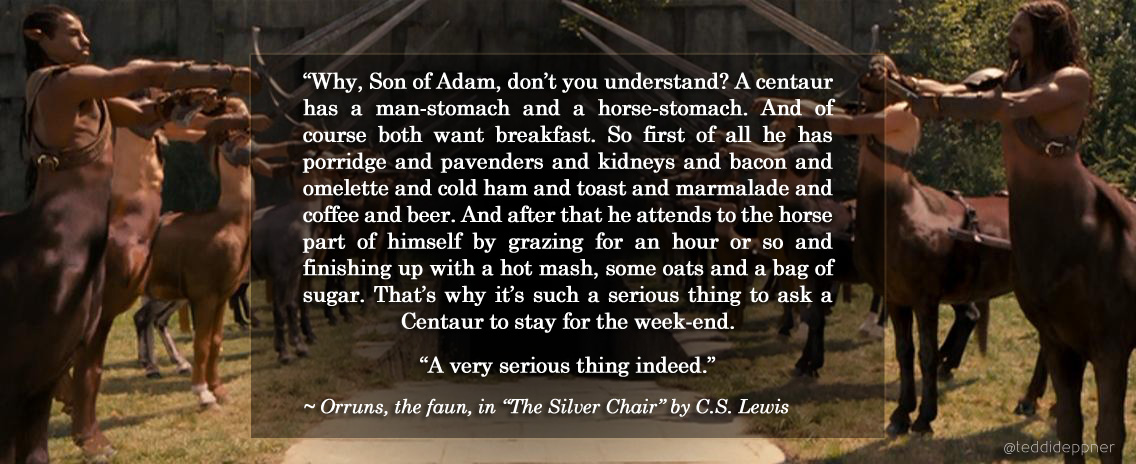This may seem like an odd book to
spend time with. After all, how much can one possibly write on the subject of
compost? You’d be surprised. I’ve toyed around with the idea of a compost pile
for a while. There was even one very short-lived attempt at it. Let’s just say
climbing into a pit of smelly waste with a pitchfork to turn all of it was not
top of my to-do list. But now with a better garden than I’ve ever had before,
and plans to expand, I decided it was something I needed to think about again,
with the hope of finding an easier way of doing it. Really, with the amount of
waste the average household can produce between the house and yard, there
should be more than enough material to work with and make a success out of
composting. But how to accomplish that?
Compost
by Ken Thompson is the best and most simplified explanation of the process I
could ever have hoped for. Many nonfiction books on topics like this read as
though they were written by some grand horticultural scientist sitting in his
state-of-the-art conservatory, judging all other gardens like his own. This was
nothing like that. This was much more like an average (though knowledgeable)
gardener sharing what he knows with other average (though less knowledgeable)
gardeners.
It is not an instruction book so
much as a guide. He manages to explain the biological processes that take place
in a compost pile in a very simple and thorough way, while even managing to
make it appealing. After outlining conventional composting advice, Thompson
takes it apart element by element showing how it sets you up to fail from the
beginning. But he doesn’t stop there. He explains what does work, and several ways of accomplishing happy results.
Whether you have lots of kitchen
waster, garden waste, prunings, etc., he has advice and clear instructions on
what to do with all of it. He factors for different budgets and personalities
having different abilities or styles. Purchased compost bins, DIY bins, and
open piles are all laid out, explained, and the reader is shown how they can
make any of them work best for them and their particular situation.
Aside from the content, this is
also just a beautiful little book. Thick, rich paper, every page a different
color/pattern, lovely full-color photographs every couple pages, the whole
presentation makes composting exciting…as nerdy as that sounds.
I don’t consider myself an
ecologist, a greenie, a “crunchy”-anything, or any other popular term for
naturalists. However, the idea of composting is something that can appeal to
every gardener. Who doesn’t like taking something they would throw away and
turning it into something useful, and something that can, in the long run, save
you money? As Thompson says:
Most
waste is incinerated or ends up in a landfill, yet about half of all household
waste could be composted. At the same time, every year gardeners around the
world buy millions of tons of growing media, soil conditioners, and mulching
materials…A high proportion of this could be replaced, free of charge, if
gardeners started recycling what they now simply throw away.
This book is an excellent
introduction to the composting process. It is very thorough without being
overwhelmingly scientific, preachy, or obnoxiously tree-huggy. If you think
composting is too hard to bother with, but it still sounds interesting, or if
you’ve tried and failed badly in the past, or if, like me, you want to start,
but you aren’t sure where to turn first, definitely give this book a try. If
nothing else it is very beautiful to look at.













